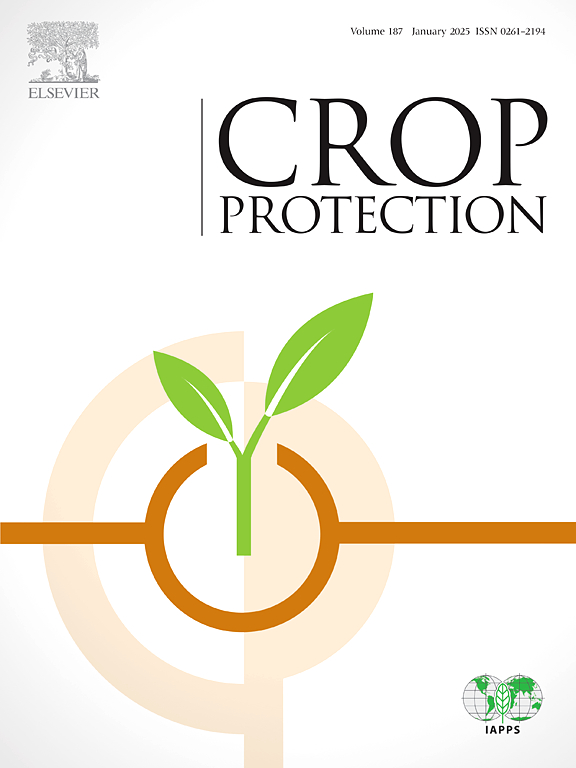Can available scientific information be mobilised to ensure the efficacy of microbial biocontrol agents against plant diseases in the field?
IF 2.5
2区 农林科学
Q1 AGRONOMY
引用次数: 0
Abstract
Microbial biocontrol agents are a promising option for reducing the use of chemicals in agriculture. Due to their characteristics as living organisms, their deployment is more complex than the application of chemicals and could result in the variability of their efficacy in the field, thus hindering their adoption. Taking this complexity into account would make their use more reliable. But is information about efficacy factors sufficiently well documented in peer-reviewed scientific articles to foster their optimal use by farmers against plant diseases?
To answer such question, a literature review was carried out to gather in a dedicated database the information published on the biotic and abiotic factors that can modulate the protective efficacy of microbial biocontrol agents, including their biological properties, those of plant pathogens, and the characteristics of cropping systems. This review was focused on scientific publications relating to biocontrol agent strains authorized in Europe.
An analysis of the database revealed that published information is rather limited for almost all biocontrol agents. The shortage of data was particularly striking for the use of biocontrol agents under field conditions. A focus on strains of Bacillus sp. and Trichoderma sp. revealed that even for those two most studied genera of biocontrol agents, information is highly patchy. Efficacy factors have been studied only on a few crops against a few of their target pathogens. Furthermore, only a small part of the available information was relevant for the use of those strains in a commercial situation. This highlights the need for further research into efficacy factors in order to produce data that can be used to improve the efficacy of biocontrol agents in the field.
求助全文
约1分钟内获得全文
求助全文
来源期刊

Crop Protection
农林科学-农艺学
CiteScore
6.10
自引率
3.60%
发文量
200
审稿时长
29 days
期刊介绍:
The Editors of Crop Protection especially welcome papers describing an interdisciplinary approach showing how different control strategies can be integrated into practical pest management programs, covering high and low input agricultural systems worldwide. Crop Protection particularly emphasizes the practical aspects of control in the field and for protected crops, and includes work which may lead in the near future to more effective control. The journal does not duplicate the many existing excellent biological science journals, which deal mainly with the more fundamental aspects of plant pathology, applied zoology and weed science. Crop Protection covers all practical aspects of pest, disease and weed control, including the following topics:
-Abiotic damage-
Agronomic control methods-
Assessment of pest and disease damage-
Molecular methods for the detection and assessment of pests and diseases-
Biological control-
Biorational pesticides-
Control of animal pests of world crops-
Control of diseases of crop plants caused by microorganisms-
Control of weeds and integrated management-
Economic considerations-
Effects of plant growth regulators-
Environmental benefits of reduced pesticide use-
Environmental effects of pesticides-
Epidemiology of pests and diseases in relation to control-
GM Crops, and genetic engineering applications-
Importance and control of postharvest crop losses-
Integrated control-
Interrelationships and compatibility among different control strategies-
Invasive species as they relate to implications for crop protection-
Pesticide application methods-
Pest management-
Phytobiomes for pest and disease control-
Resistance management-
Sampling and monitoring schemes for diseases, nematodes, pests and weeds.
 求助内容:
求助内容: 应助结果提醒方式:
应助结果提醒方式:


